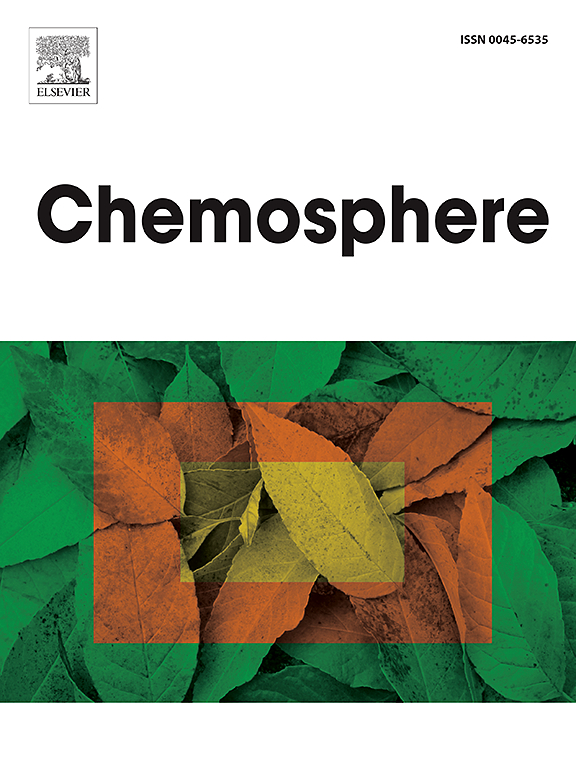颗粒崩解和再造粒对厌氧氨氧化颗粒生理特性和微生物多样性的影响。
IF 8.1
2区 环境科学与生态学
Q1 ENVIRONMENTAL SCIENCES
引用次数: 0
摘要
研究了厌氧氨氧化颗粒人工崩解和再造粒对厌氧氨氧化颗粒粒径、胞外聚合物(EPS)组成、微生物群落特征和厌氧氨氧化工艺性能的影响。颗粒崩解前的Dv50和造粒指数(GI)分别为1280 μm和54.62%。经过两个循环的崩解和再造粒过程,这些值分别为463 μm和81.53%。这表明,崩解和再造粒过程有助于形成更致密的颗粒。EPS总含量的降低和EPS的PS/PN比的增加很好地反映了这些颗粒的特征。此外,崩解和再造粒过程使Kuenenia Stuttgartiensis的优势从11.2%增加到68.1%,Kuenenia Stuttgartiensis适应高盐度(2%)条件。通过人工分解颗粒并诱导再造粒,可以增加特定厌氧氨氧化微生物的优势,增强厌氧氨氧化过程的弹性。本文章由计算机程序翻译,如有差异,请以英文原文为准。

Effects of granule disintegration and re-granulation on the physiological characteristics and microbial diversity of anammox granules
The impact of artificial disintegration and re-granulation of anammox granules on the granule size, Extra-cellular Polymeric Substances (EPS) composition, microbial community characteristics, and the performance of the anammox process was investigated. Before the granule disintegration, the Dv50 and Granulation Index (GI) were 1280 μm and 54.62%, respectively. Following two cycles of disintegration and re-granulation process, these values shifted to 463 μm and 81.53%, respectively. This indicates that the disintegration and re-granulation process helped to form denser particles. The reduction in total EPS content and the increase in the PS/PN ratio of EPS well reflect these particle characteristics. Additionally, the disintegration and re-granulation process increased the dominance of Kuenenia Stuttgartiensis, which is well adapted to high salinity (2%) conditions, from 11.2% to 68.1%. By artificially disintegrating the granules and inducing re-granulation, it was possible to increase the dominance of specific anammox microorganisms with enhanced resilience of the anammox process.
求助全文
通过发布文献求助,成功后即可免费获取论文全文。
去求助
来源期刊

Chemosphere
环境科学-环境科学
CiteScore
15.80
自引率
8.00%
发文量
4975
审稿时长
3.4 months
期刊介绍:
Chemosphere, being an international multidisciplinary journal, is dedicated to publishing original communications and review articles on chemicals in the environment. The scope covers a wide range of topics, including the identification, quantification, behavior, fate, toxicology, treatment, and remediation of chemicals in the bio-, hydro-, litho-, and atmosphere, ensuring the broad dissemination of research in this field.
 求助内容:
求助内容: 应助结果提醒方式:
应助结果提醒方式:


